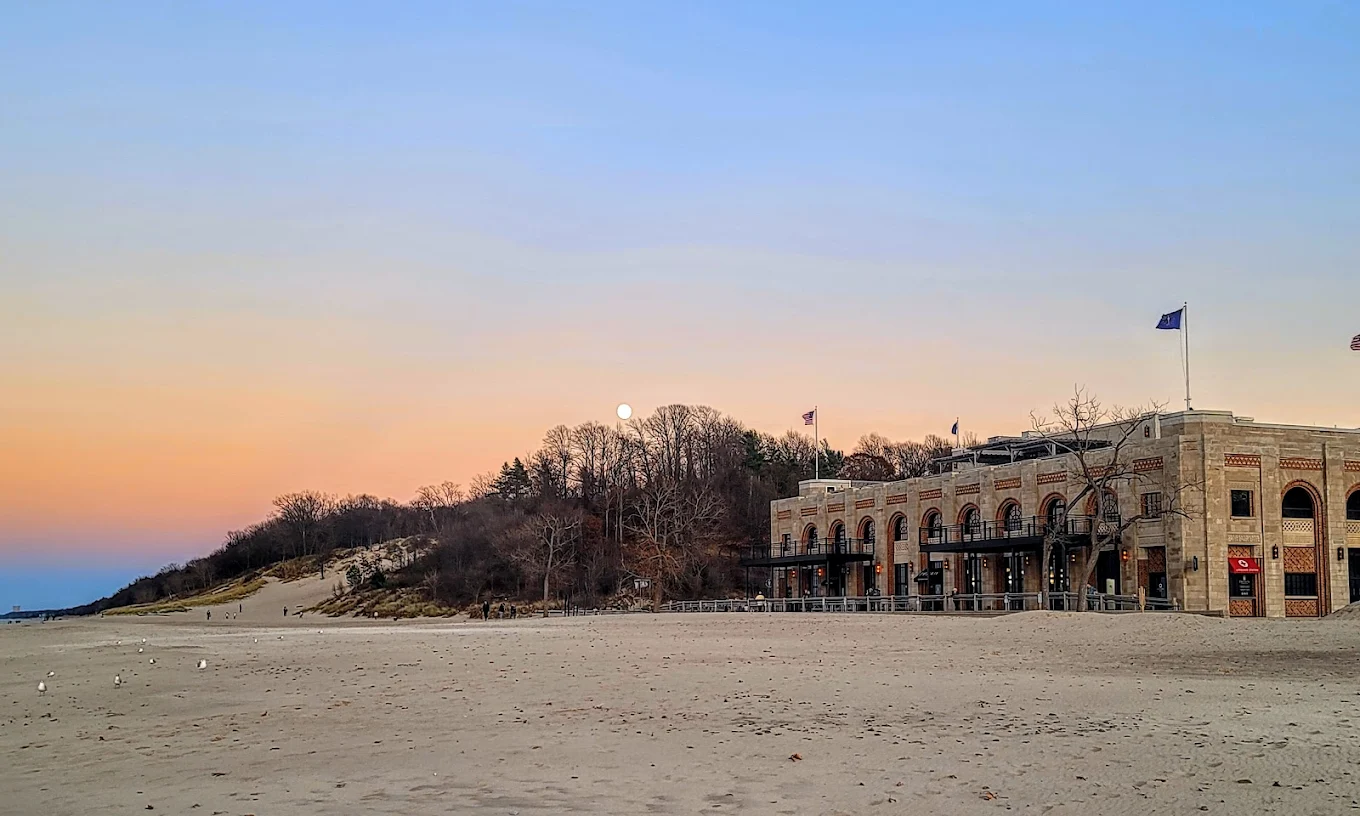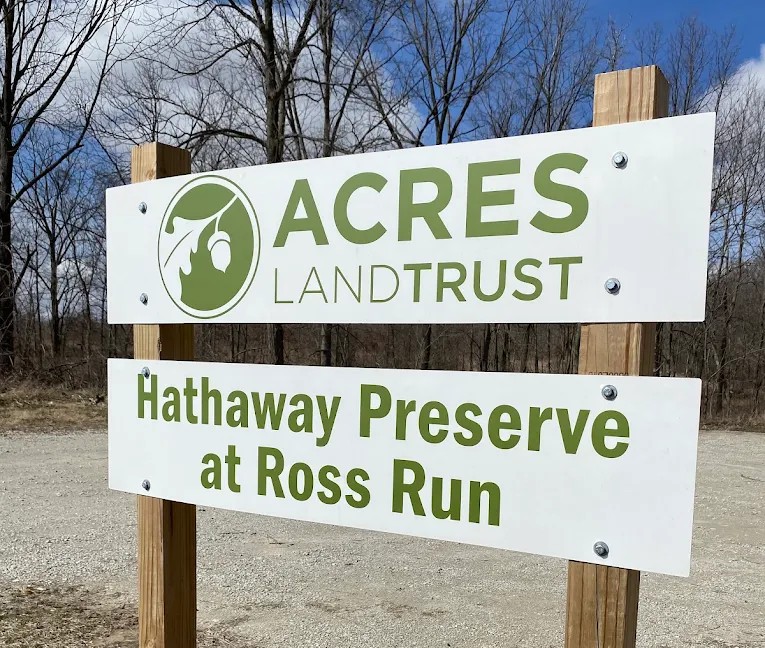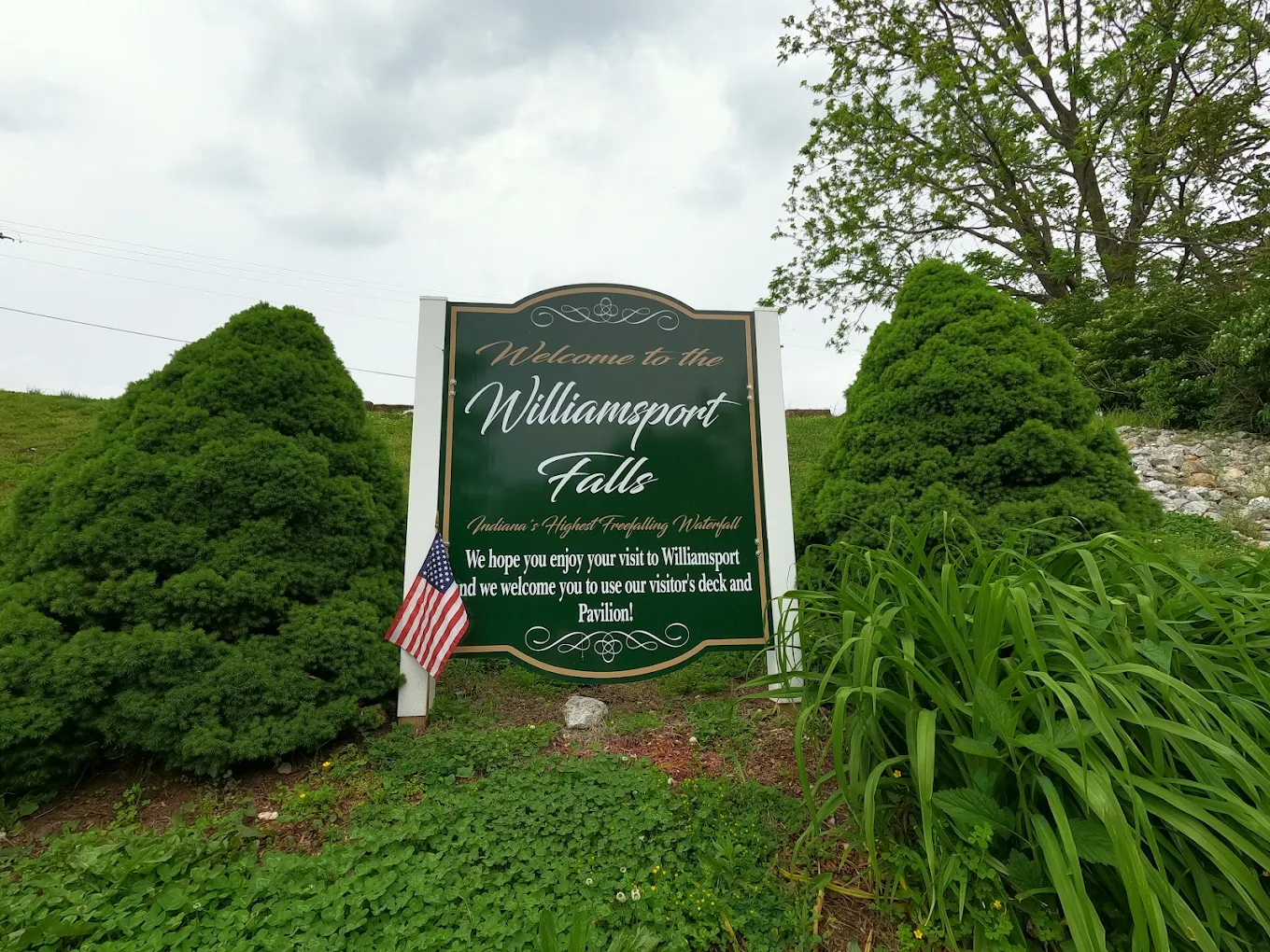A Rare Phenomenon on Indiana’s Lakeshore
It might come as a surprise, but there’s a place in Indiana where you can catch a glimpse of the northern lights — and it’s not just a rumor. Under the right conditions, Indiana Dunes National Park, located along the southern shoreline of Lake Michigan, offers one of the state’s few opportunities to witness this breathtaking natural light show.
While the aurora borealis is typically associated with Alaska or Scandinavia, recent increases in solar activity have made it possible to view the phenomenon as far south as Indiana. Though sightings are rare and highly dependent on space weather and sky clarity, the shoreline near Indiana Dunes provides the best possible chance thanks to its dark skies, northern view over the lake, and limited light pollution in certain areas.
Why Indiana Dunes?
Indiana Dunes National Park stretches across 15 miles of Lake Michigan shoreline and includes over 15,000 acres of beaches, forests, dunes, and wetlands. Its location along the northern edge of the state means that visitors are looking directly toward the auroral oval, which expands southward during periods of intense solar activity. When geomagnetic storms occur, the sky above the lake can glow with faint green, purple, or red ribbons of light — a stunning sight against the dark horizon.
Because Lake Michigan provides a wide, uninterrupted view of the northern sky, it’s one of the few places in Indiana with the visibility required to spot the auroras. Combined with occasional clear skies and low humidity during late fall and winter, the Dunes become a unique, if fleeting, gateway to this cosmic display.
Where to Go for the Best Views
Several spots within the national park are ideal for stargazing and aurora chasing. West Beach, Mount Baldy, and Lake View Beach are three locations where open views and minimal light pollution align for optimal skywatching. These areas are open to the public during park hours, but dedicated aurora seekers often visit after dark when the beaches empty out and skies become clearer.
For safety and compliance, it’s essential to check the park’s after-hours policies. In some cases, stargazing permits or ranger-led programs may allow extended visits for night viewing. Visitors are advised to dress warmly, bring red-light flashlights (to preserve night vision), and download aurora tracking apps or check space weather forecasts to plan their timing.
When to See the Northern Lights
The northern lights are not an everyday occurrence in Indiana. Instead, they rely on strong geomagnetic storms — usually classified as G2 or higher on the NOAA space weather scale. These storms are triggered by solar flares or coronal mass ejections from the sun, which interact with Earth’s magnetic field and cause atmospheric particles to glow.
Indiana’s best chances typically occur in late fall and winter, when nights are longest and the air is clear and dry. Peak activity is often tracked by online aurora monitors, and many regional stargazing communities share live updates when conditions look favorable. Patience and preparation are key, but those lucky enough to catch a display describe it as nothing short of magical.
Tips for First-Time Aurora Spotters
For those new to aurora hunting, preparation makes all the difference. First, download a reliable aurora forecast app such as AuroraWatch or My Aurora Forecast. These tools alert users when the KP index — a measure of geomagnetic activity — reaches levels high enough for potential viewing in Indiana. A KP level of 6 or higher is typically needed for visibility this far south.
Second, scout your location in daylight. Know where you’ll park, which trails lead to open beach areas, and what safety guidelines the park enforces after sunset. Cell service can be spotty in some areas, so it’s helpful to bring a map or screenshot your directions ahead of time.
Bring layers of warm clothing, as lakeside temperatures can drop quickly at night, especially outside of summer months. A folding chair, thermos of hot drinks, and a camera with manual settings can make your outing both comfortable and rewarding. If photographing the aurora, a tripod and long exposure are essential for capturing the lights clearly.
More Night Sky Wonders at the Dunes
Even if the northern lights don’t appear, Indiana Dunes is still an exceptional place for nighttime sky viewing. The absence of city lights, particularly at beaches farther from town, allows visitors to enjoy constellations, meteor showers, and satellite flyovers in rare detail. The Perseids in August and Geminids in December are two meteor events that pair perfectly with the Dunes’ tranquil setting.
The park also participates in occasional dark sky events and night hikes, where rangers or local astronomy groups guide visitors through the basics of celestial navigation, telescope use, and the science behind phenomena like auroras and eclipses. These programs are family-friendly and often free with park admission.
Why It’s Worth the Wait
Witnessing the northern lights in Indiana is a rare privilege, but the possibility alone is enough to inspire a nighttime adventure along Lake Michigan’s edge. For many, the journey — walking along the quiet dunes, feeling the wind off the lake, watching stars blink to life — is just as rewarding as the show in the sky. And if the aurora appears, it’s a moment you’ll never forget.
It’s not something you can schedule, and that’s part of the magic. Like the best natural wonders, it arrives on its own terms — quiet, majestic, and unfiltered. When it does, Indiana Dunes National Park becomes a theater unlike any other in the Midwest.
Planning Your Trip
The park is accessible year-round, though operating hours for certain areas vary by season. Some beaches close at dusk unless you’re participating in an approved nighttime event. Check with the Indiana Dunes National Park website for alerts, conditions, and any permit requirements for stargazing after dark.
Nearby hotels, campgrounds, and dining options make it easy to turn your aurora search into a weekend getaway. Whether you see the lights or just enjoy a peaceful evening under the stars, the experience at Indiana Dunes is always memorable — and uniquely Hoosier.




